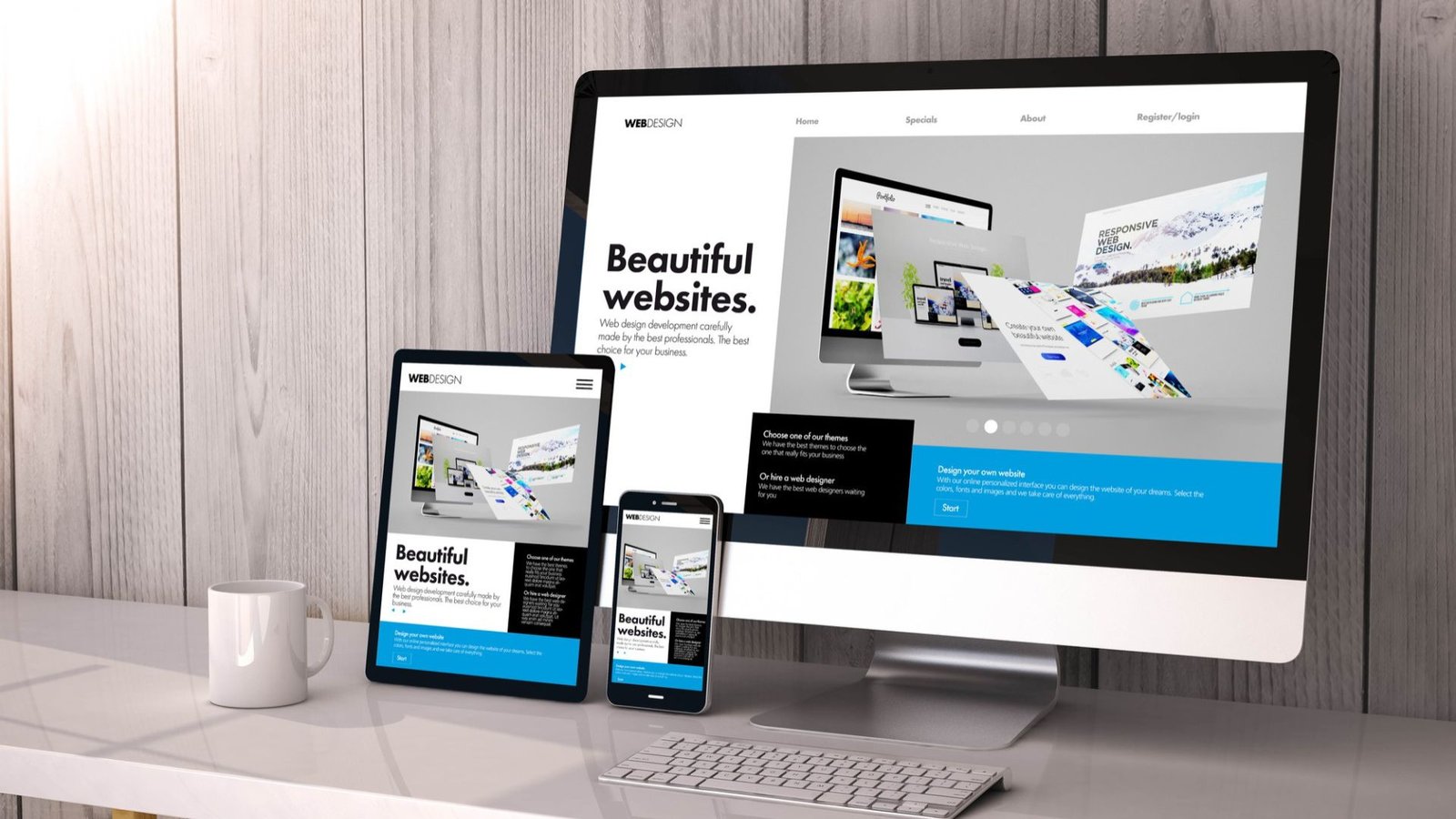Ensuring web design consistency is crucial for creating a professional and user-friendly website. When your site is visually cohesive and behaves predictably, it enhances user experience and strengthens your brand identity. In this guide, we’ll share effective strategies for maintaining consistency throughout your web design.
Tips for Ensuring Web Design Consistency
1. Develop a Style Guide
Creating a style guide is one of the most effective ways to ensure web design consistency. This document should outline your website’s colour palette, typography, button styles, and other design elements. A well-defined style guide acts as a reference for everyone involved in the design and development process, ensuring that all elements adhere to a unified look and feel.

2. Use a Design System
Implementing a design system can significantly enhance web design consistency. A design system includes reusable components, design patterns, and guidelines. By using a design system, you ensure that every part of your site, from buttons to forms, follows the same design principles and functions seamlessly.
3. Maintain Consistent Typography
Typography plays a key role in web design consistency. Choose a set of fonts and sizes for headings, body text, and other elements, and use them consistently across your site. Consistent typography helps create a cohesive look and makes your content easier to read.
4. Standardize Color Schemes
Colors can strongly influence your site’s overall appearance. To ensure web design consistency, define a primary colour scheme and stick to it. Use your chosen colours for backgrounds, text, links, and buttons to create a unified visual experience.
5. Implement Consistent Layouts
A consistent layout helps users navigate your site more easily. Use a grid system or predefined templates for page layouts to maintain uniformity. Consistent layouts ensure that content is presented in a structured manner, which improves usability and enhances the overall design.
6. Create Reusable Design Elements
Design elements like buttons, icons, and forms should be reusable across your site. By designing these elements once and reusing them, you maintain a consistent appearance and behaviour, which contributes to a more polished and professional look.
7. Ensure Consistent Branding
Your website should reflect your brand’s identity consistently. This includes using your logo, brand colours, and messaging consistently throughout the site. Ensuring that your branding elements are uniform helps reinforce your brand identity and build trust with your audience.
8. Use a Content Management System (CMS)
A CMS can help you maintain web design consistency by providing templates and design controls. With a CMS, you can ensure that new content adheres to the existing design standards, reducing the risk of inconsistencies.
9. Test Across Different Devices and Browsers
Testing your website on various devices and browsers is essential for ensuring design consistency. Different screen sizes and browser settings can affect how your site appears. By conducting thorough testing, you can identify and fix any discrepancies to ensure a consistent user experience.
10. Update and Review Regularly
Web design consistency requires ongoing attention. Regularly review your site to ensure that all elements align with your style guide and design system. Make updates as needed to address any inconsistencies that arise over time.
11. Train Your Team
Ensure that everyone involved in your web design and development process understands and follows your design guidelines. Training your team on the importance of web design consistency and how to implement the style guide effectively will help maintain uniformity across your site.
12. Document Design Changes
When making updates or changes to your design, document them thoroughly. Keeping a record of design changes helps ensure that future updates align with your existing design principles and maintain overall consistency.
13. Utilize Design Tools
Design tools and software can help you maintain web design consistency by allowing you to create and manage design elements more effectively. Tools like Adobe XD, Figma, and Sketch provide features that support consistent design practices and facilitate collaboration among team members.
14. Seek Feedback
Regular feedback from users and stakeholders can help identify areas where web design consistency may be lacking. Use this feedback to make necessary adjustments and improvements, ensuring that your design remains cohesive and effective.
15. Prioritize User Experience
Ultimately, web design consistency should enhance user experience. Focus on creating a seamless and intuitive experience for your visitors by ensuring that design elements are consistent and functional across all pages of your site.
Conclusion
Ensuring web design consistency is essential for creating a cohesive and professional online presence. By following these strategies, such as developing a style guide, using a design system, and maintaining consistent typography and colour schemes, you can achieve a unified and engaging website. Consistency not only enhances user experience but also reinforces your brand identity, contributing to the overall success of your site.




